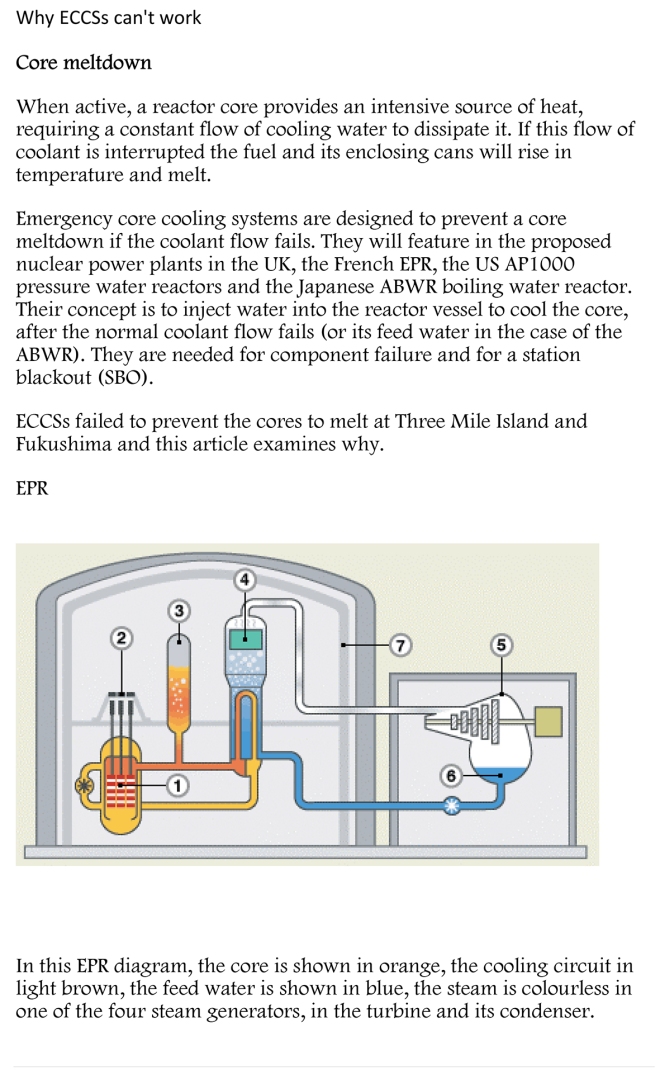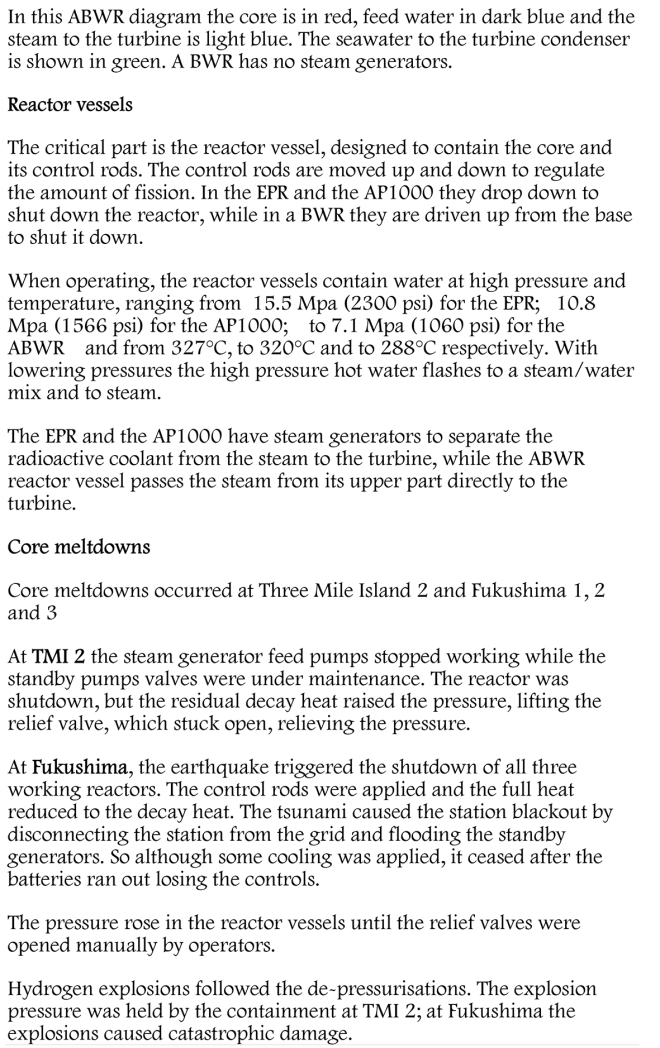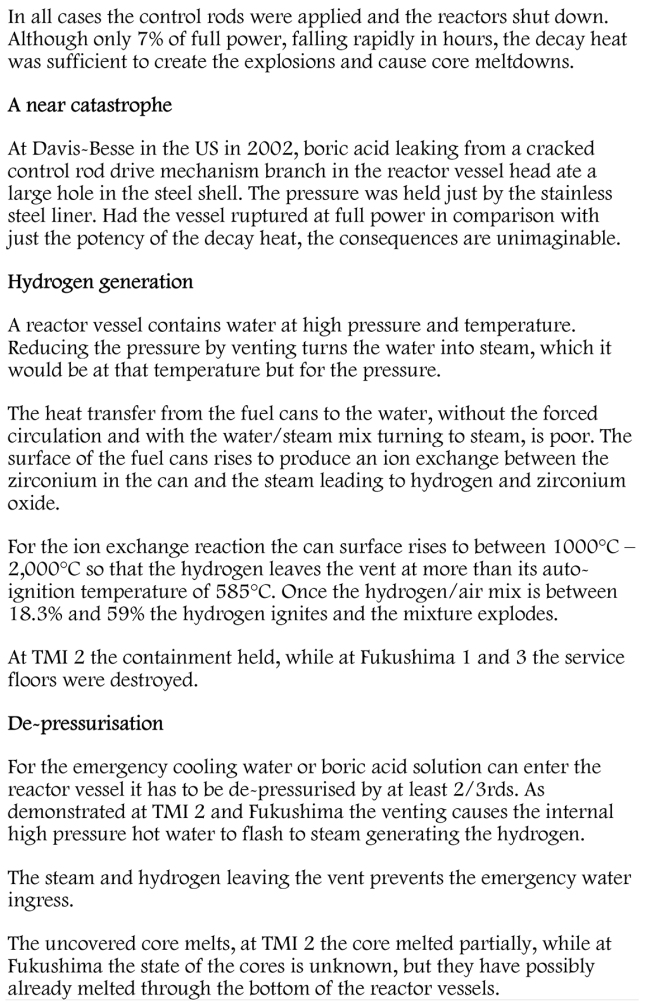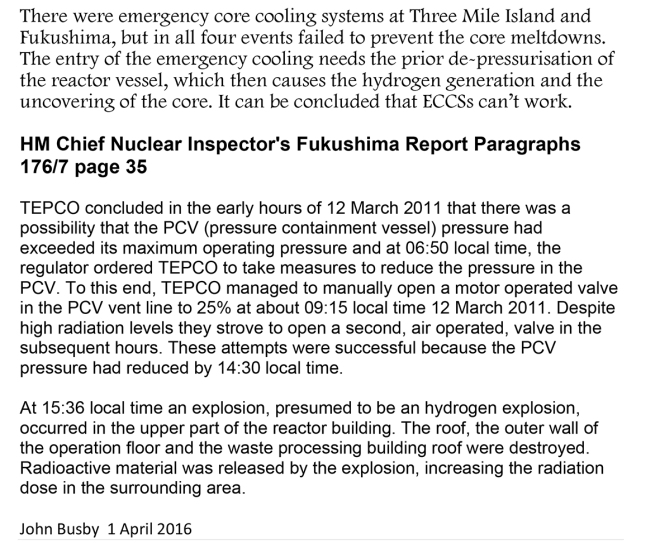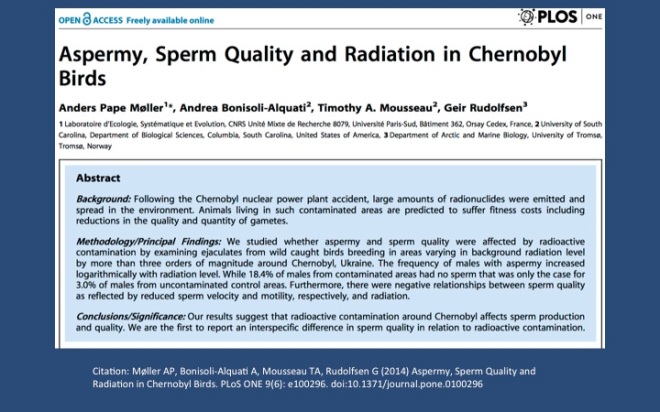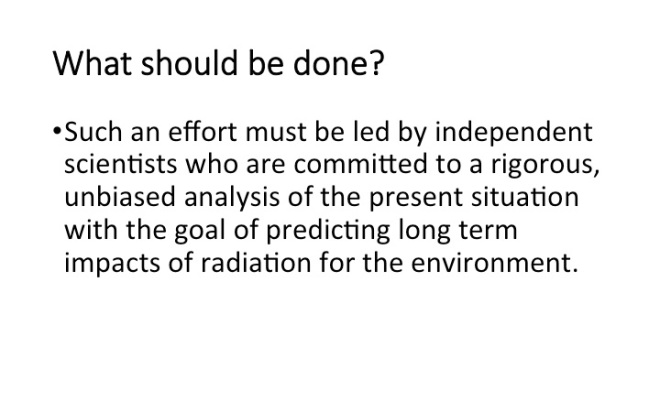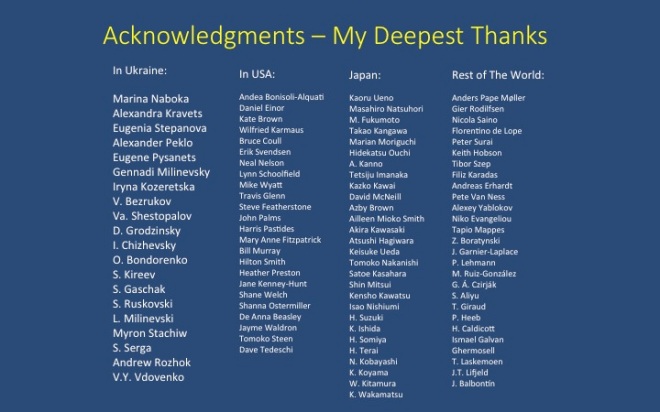.
Some thoughts by Lis Fields
.
I found this documentary about “the last specimens of a dying species” inspiring, frustrating and heartbreaking.
.
It was inspiring to see these elderly women who’d survived the horrors of the Nazi invasion and the Stalin years still so resilient, strong-willed and self-sufficent. And defiant: “I won’t go anywhere [else] even at gunpoint”.
.
But despite the glorious bright colours of their headscarves and textiles, and the lush green forest around them, their lives are extremely tough: they are living in dire poverty, in decrepit shacks, most of their food grown or foraged from their contaminated land and the surrounding forest. Their meagre pensions are sometimes delayed for months at a time. Apart from one or two elderly neighbours they are isolated as most of their fellow villagers are long gone – dead or living elsewhere. One woman says the doctors used to come once a month to check their blood pressure and give them pills and shots, but not any more.
.
I feel that these women have been utterly failed by their government and the nuclear industry: why should they have to choose between “five happy years” in their contaminated rural homes or “fifteen years condemned to a concrete high-rise on the outskirts of Kiev”? If they had been rehoused in cottages on plots of uncontaminated land would they still want to return to their old homes?
.
Why should they be more afraid of starvation than radiation? One Babushka says “They told us our legs would hurt [if they returned to contaminated home], and they do. So what.”
.
Holly Morris, co-director of the film, says in her 2013
TED talk:
.
“These women have outlived their counterparts who evacuated by some estimates by 10 years” and “Could it be that those ties to ancestral soil, the soft variables reflected in their aphorisms actually affect longevity? The power of motherland, so fundamental to that part of the world, seems palliative. Home and community are forces that rival even radiation”.
.
In 2011 Morris
observed that
“No health studies have been done, but anecdotal evidence suggests that most of the Babushkas die of strokes (my emphasis) rather than any obvious radiation-related illnesses, and they’ve dealt better with the psychological trauma.”
.
If the ‘anecdotal evidence’ is true and most of the Babushkas do indeed die of strokes, perhaps these strokes very much the consequence of their chronic exposure to the high levels of radiation in their food, water and air:
.
“Radiation-induced cardiovascular diseases (CVD) include coronary heart disease and arteriosclerosis/atherosclerosis in the vascular system. Strokes are usually included in studies on CVD …. It is now well established (Little MP et al, 2008; Kreuzer et al, 2015) that cardiovascular risks are raised after moderate to high exposures to radiation. In fact, these risks limit the survival times of cancer patients after radiation treatment (Heidenreich and Kapoor, 2009).” Ian Fairlie,
TORCH-2016 page 70.
.
.
“Although the danger of the surroundings is suggested through the constant presence of beeping meters, “The Babushkas of Chernobyl” could have done more to shed light on its subjects’ health. Ivanivna, we’re told, was at the reactor site the night of the disaster and had her thyroid removed two years later. Late in the film, she receives a test (briefly interrupted by a ringing cell phone, in an endearing comic moment) in which she learns that her cesium level is elevated but that she’s within the “maximum average dosage.” What does that mean, exactly? The movie implies that the women’s happiness has been a great benefit to their well-being.”






